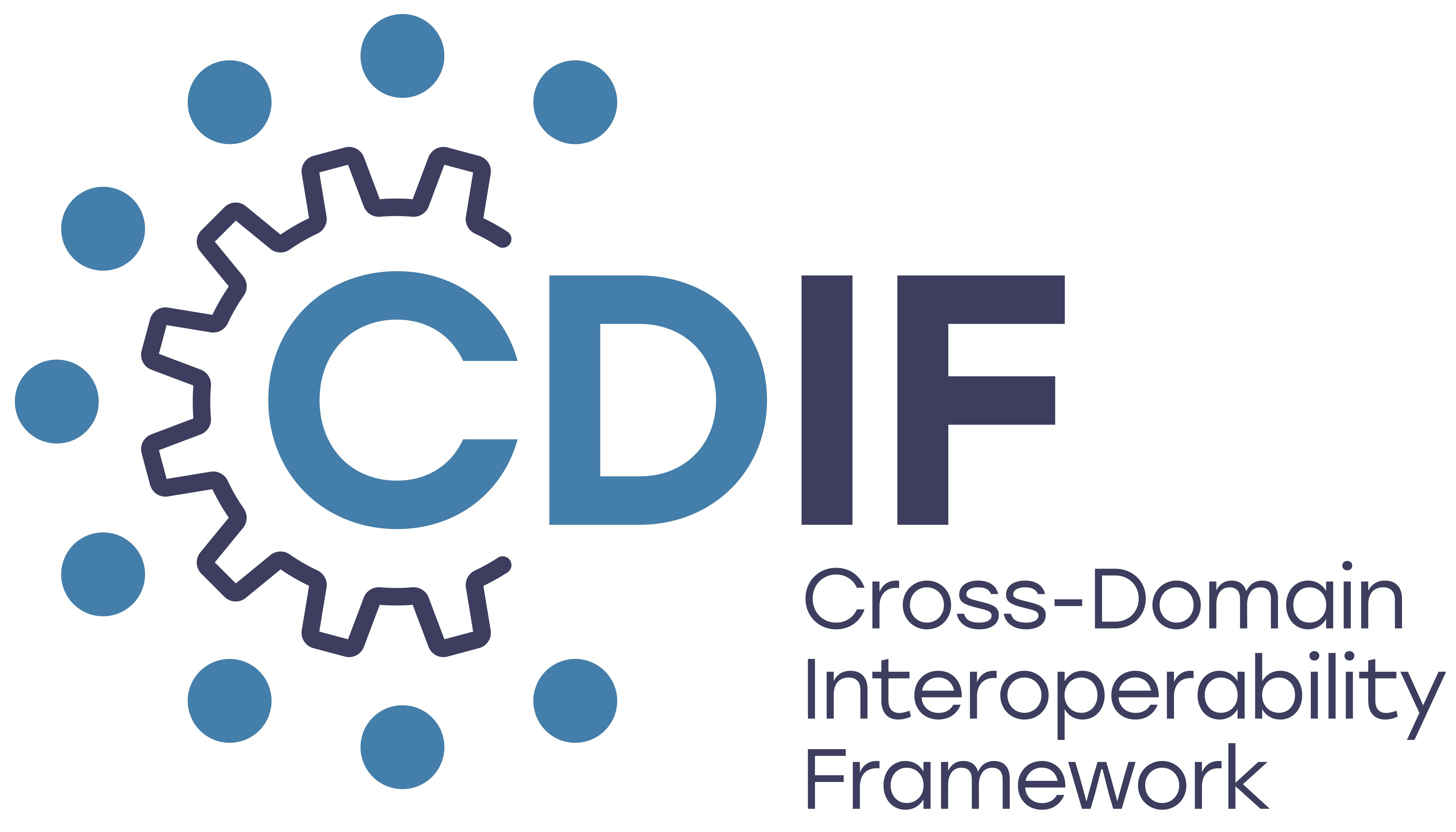Mapping from Signposting relations to CDIF metadata elements#
The Signposting approach embeds links in HTML pages or in the HTTP header that is included in the response to HTTP GET or HEAD requests. These links provide some basic metadata information, as well as links to more complete metadata, possibly in various formats or profiles. Given an identifer that can be derferenced using a server that implements signposting, an agent can obtain some information about the resource(s) that can be accessed by dereferencing the identifier. If a provider has generated CDIF metadata records, they hae sufficient information to generate signposting links. If they can add HTML elements in landing pages, or HTTP elements in the server GET and HEAD responses, then implementing signposting is an easy win, providing value for some users. The table below show the mapping from CDIF metadata elements to the targets for signposting links with each REL types.
Signposting Relation Type |
CDIF schema.org element |
Description |
|---|---|---|
author |
“creator”/”@id” |
The target of the link is a URI for an author of the resource that is the origin of the link. |
cite-as |
“@id” |
The target of the link is a persistent URI for the resource that is the origin of the link. |
describedby |
“subjectOf”/”@id” |
The target of the link provides metadata that describes the resource that is the origin of the link. |
describes |
“subjectOf”/”about”/”@id” |
The origin of the link is a resource that provides metadata that describes the resource that is the target of the link. It is the inverse of the describedby relation type. |
type |
“@type”: {schema.org type}; use “additionalType” for more specific typing |
The target of the link is the URI for a class of resources to which the resource that is the origin of the link belongs. |
license |
“license”/”@id” |
The target of the link is the URI of a license that applies to the resource that is the origin of the link. |
item |
“relatedLink”/ /{“linkRelationship”: “hasPart”, |
The origin of the link is a collection of resources and the target of the link is a resource that belongs to that collection. It is the inverse of the collection relation type. In CDIF, contentType and encodingType properties can provide details about the kind of linked collection item. |
collection |
“relatedLink”/ / {“linkRelationship”: “IsPartOf”, |
The origin of the link is a resource that belongs to a collection and the target of the link is the collection to which it belongs. It is the inverse of the item relation type. In CDIF, the target name and description (not in example to left) can provide additional information about collection. |
